Neuroscience

Neurotransmitter receptors function via various G-protein coupled and G-protein independent mechanisms that activate downstream intracellular signaling pathways such as cAMP/PKA, PI3K/AKT, phospholipase A2, and phospholipase C pathways. For instance, dopamine receptors act through adenylate cyclase to activate PKA and other signaling molecules, thereby mediate gene expression through the actions of CREB and other transcription factors. Other neurotransmitters such as NMDAR or AMPAR are associated with ion channels that control flux of Ca2+ and Na+, thus propagating the action potential across the post-synaptic neuron.
Dysfunctions in GABAergic/glutamatergic/serotonergic/dopaminergic pathways result in a broad range of neurological disorders such as chronic pain, neurodegenerative diseases, and insomnia, as well as mental disorders including schizophrenia, bipolar disorder, depression, and addiction.
-
 B2240 OlanzapineTarget: 5-HT2 Receptors|D2 ReceptorsSummary: Antagonist of 5-HT2A and dopamine D2 receptors
B2240 OlanzapineTarget: 5-HT2 Receptors|D2 ReceptorsSummary: Antagonist of 5-HT2A and dopamine D2 receptors -
 B6437 Clobenpropit dihydrobromideSummary: histamine H3 antagonist/inverse agonist
B6437 Clobenpropit dihydrobromideSummary: histamine H3 antagonist/inverse agonist -
 B6569 CHPGTarget: Glutamate (Metabotropic) Group I ReceptorsSummary: mGlu5 metabotropic glutamate receptor agonist
B6569 CHPGTarget: Glutamate (Metabotropic) Group I ReceptorsSummary: mGlu5 metabotropic glutamate receptor agonist -
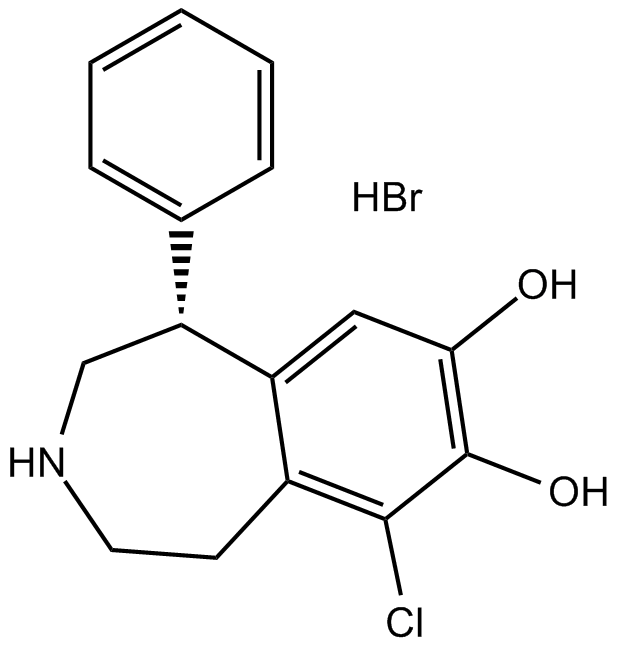 B6744 SKF 81297 hydrobromideSummary: A selective dopamine D1-like receptor agonist
B6744 SKF 81297 hydrobromideSummary: A selective dopamine D1-like receptor agonist -
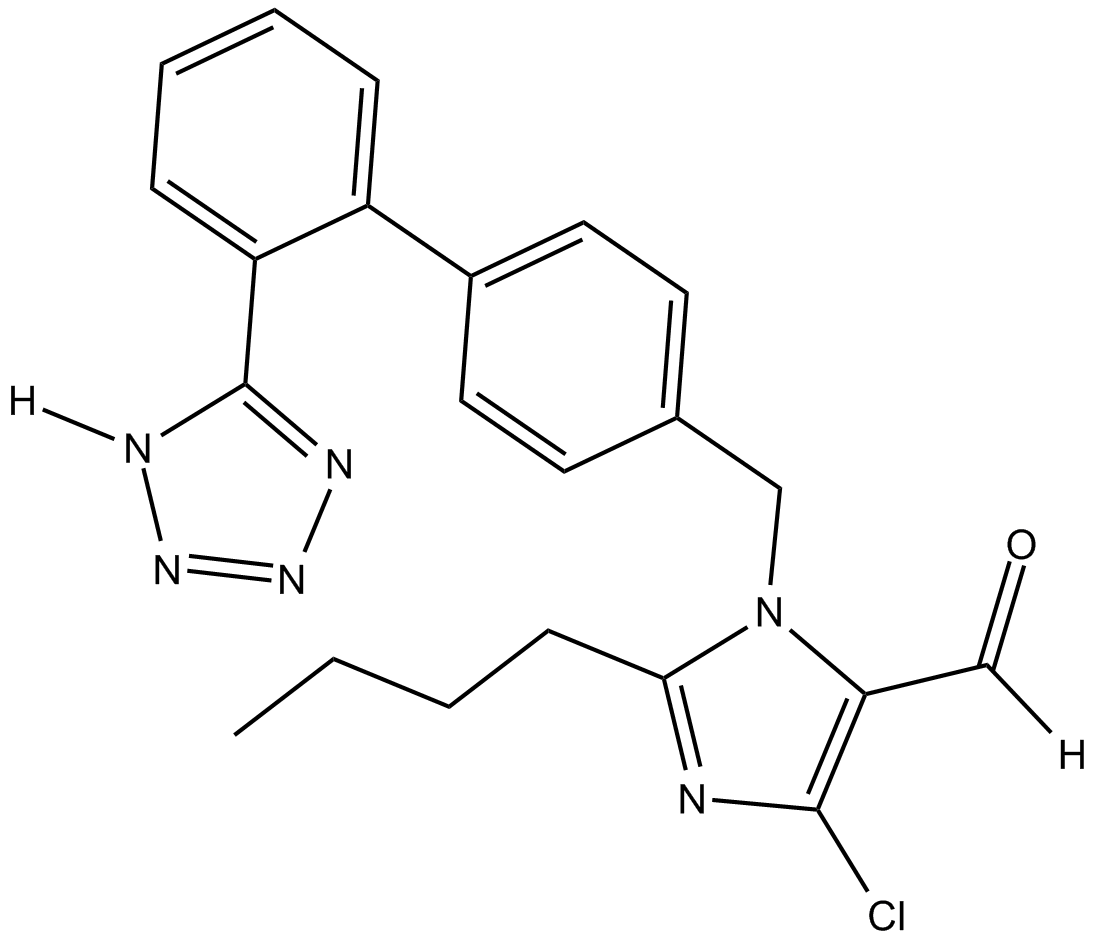 C3539 Losartan CarboxaldehydeSummary: inhibits endothelial cyclooxygenase (COX)-2 expression
C3539 Losartan CarboxaldehydeSummary: inhibits endothelial cyclooxygenase (COX)-2 expression -
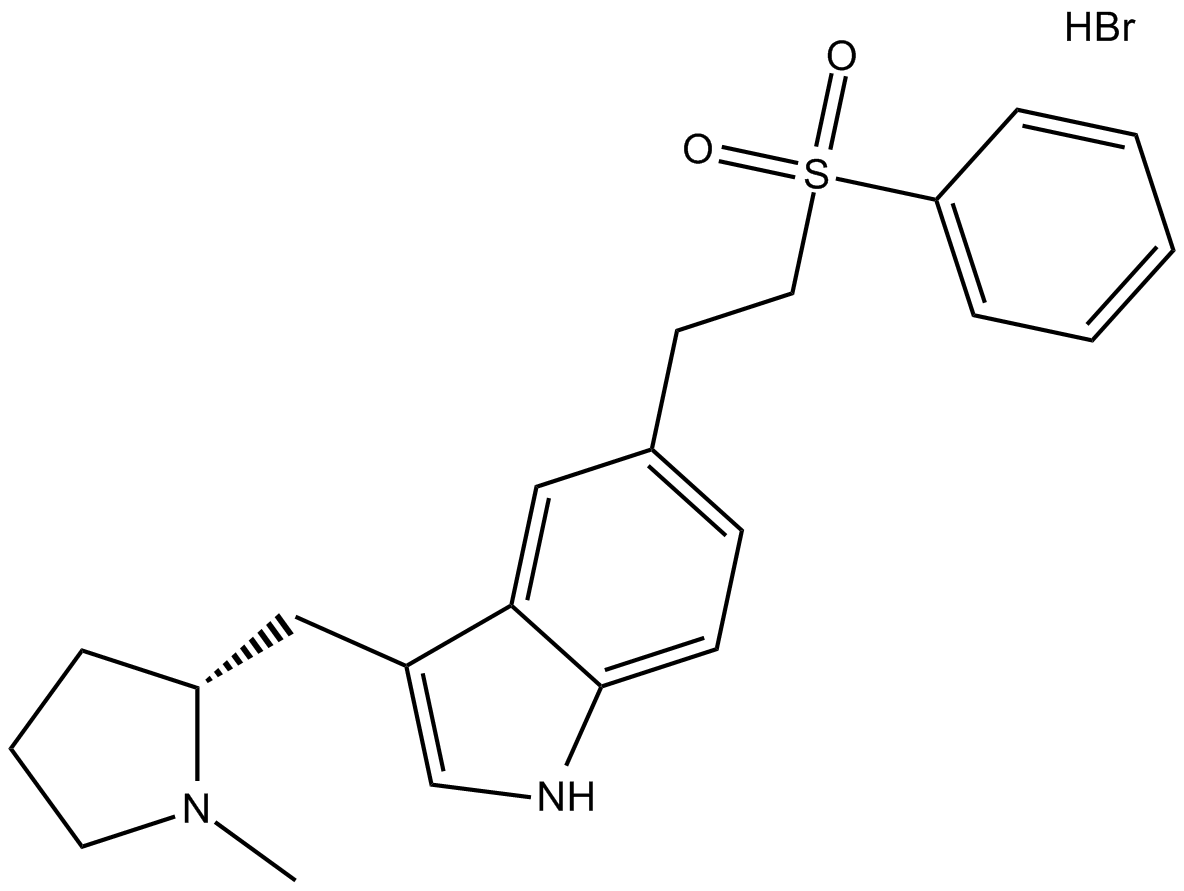 B2237 Eletriptan HBrSummary: selective 5-HT1B and 5-HT1D receptor agonist
B2237 Eletriptan HBrSummary: selective 5-HT1B and 5-HT1D receptor agonist -
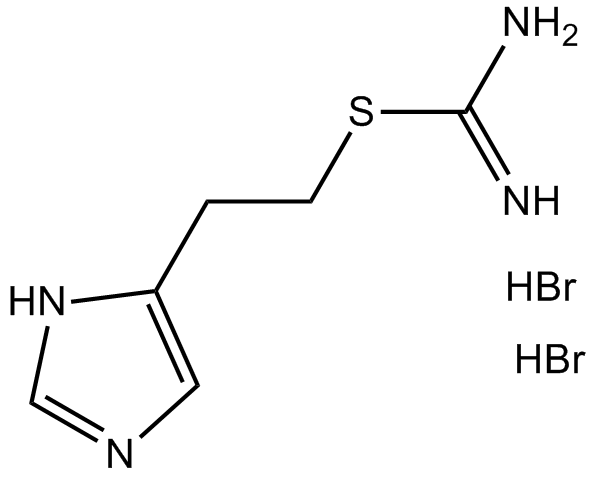 B6424 Imetit dihydrobromideSummary: H3 and H4 receptors agonist
B6424 Imetit dihydrobromideSummary: H3 and H4 receptors agonist -
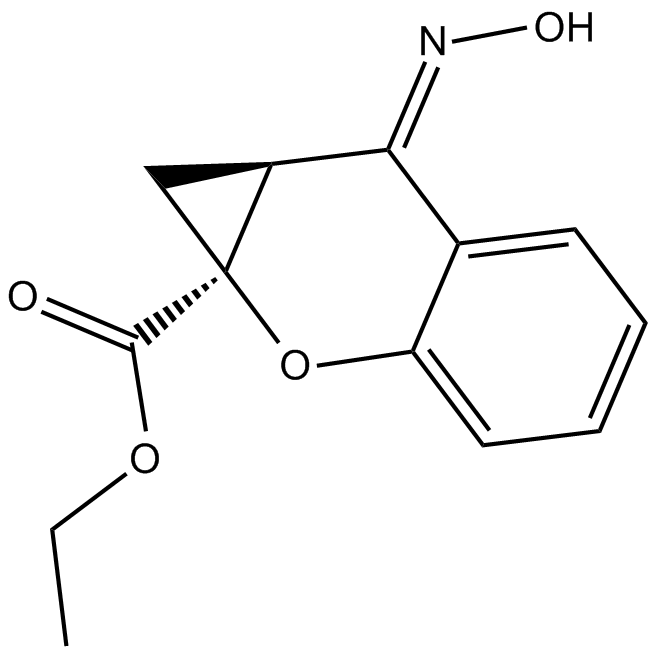 B6555 CPCCOEtSummary: hmGlu1 subtype-selective antagonist
B6555 CPCCOEtSummary: hmGlu1 subtype-selective antagonist -
 B6702 U 99194 maleateSummary: D3 antagonist
B6702 U 99194 maleateSummary: D3 antagonist -
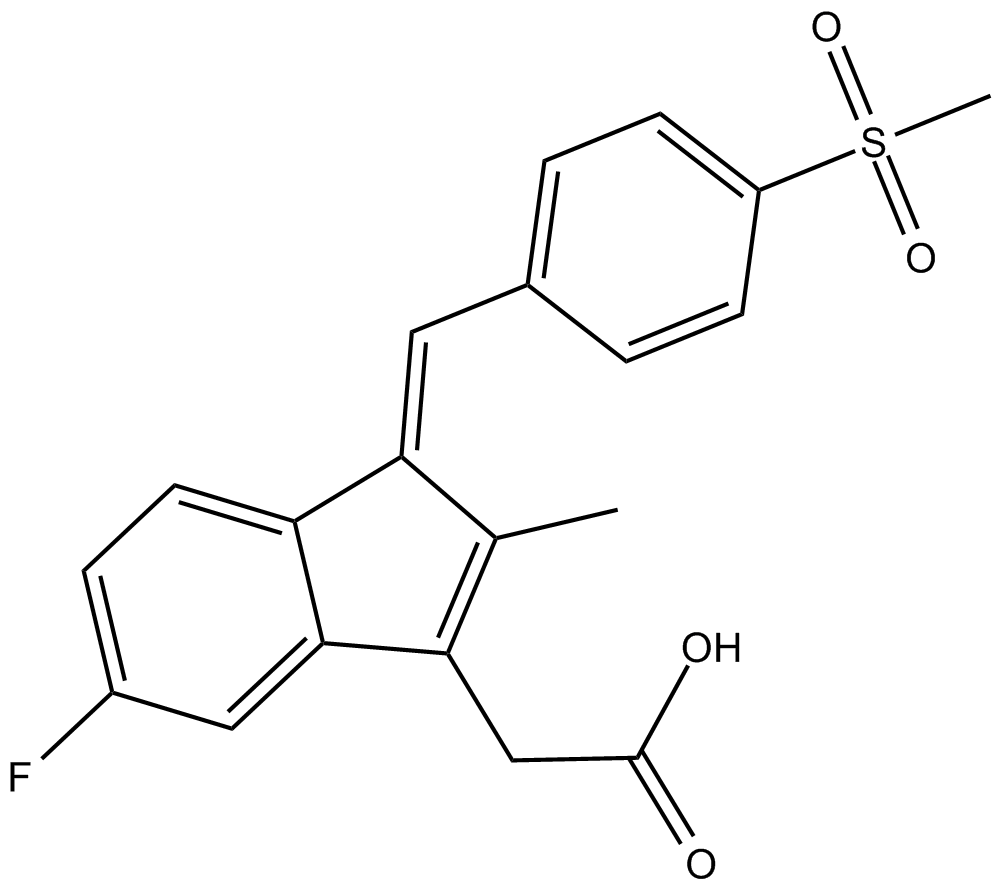 C3453 Sulindac sulfoneSummary: COX-2 inhibitor and anti-inflammatory drug
C3453 Sulindac sulfoneSummary: COX-2 inhibitor and anti-inflammatory drug

